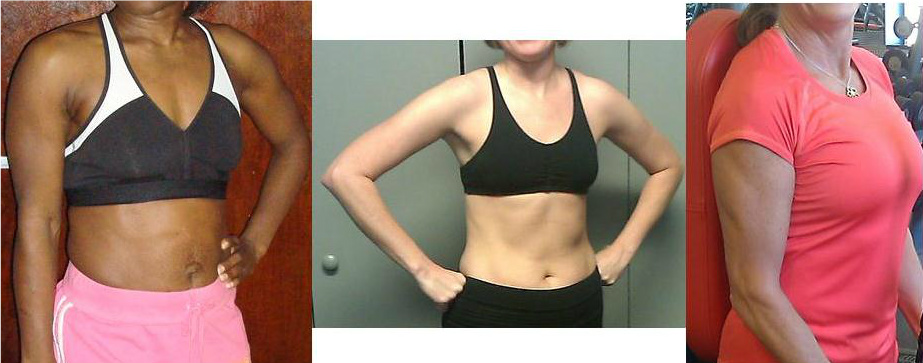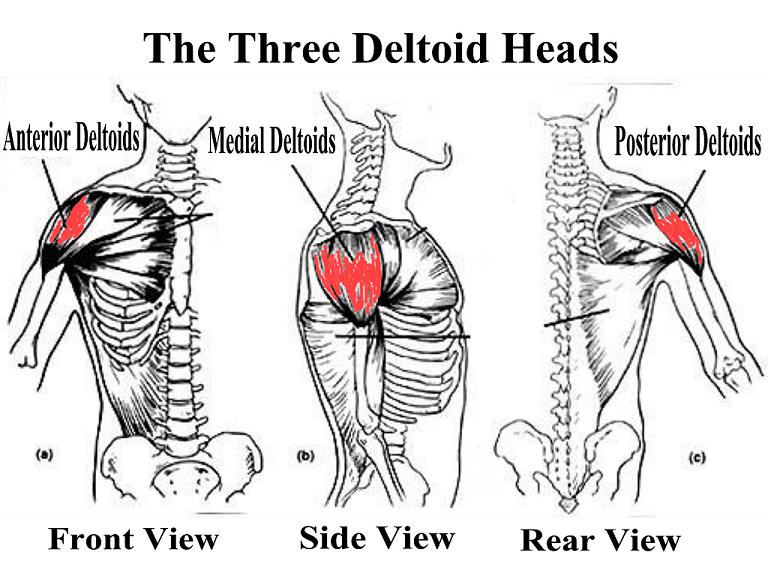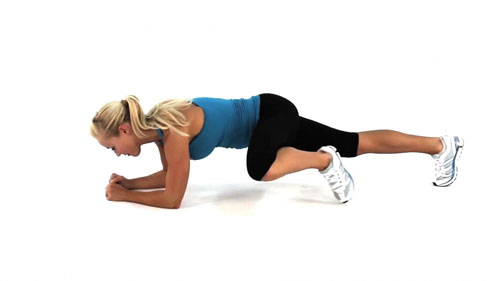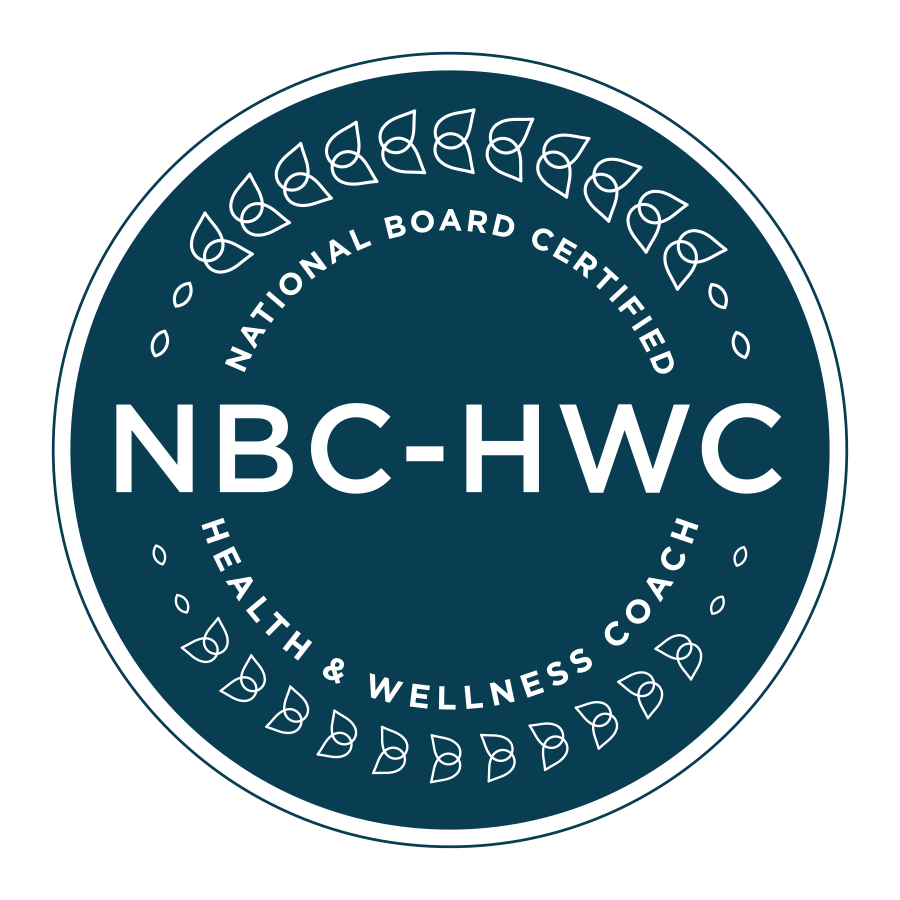Aesthetically, strong, round, toned shoulders immediately give the illusion of a small waist…who doesn’t want that, right? If only it were THAT easy. Gaining any type of “tone” requires resistance training. Contrary to popular belief, acquiring strong, toned shoulders (or any area of the body) isn’t as easy as lifting 3lb weights for 3 sets of 10 reps. Muscles just don’t grow like that. Someone somewhere made up the idea that muscles grow under any form of resistance, but that’s false! Muscles have to be progressively overloaded in order to continue to grow, meaning doing the same exercises every day will not make you grow or give you the results you are trying to achieve.

Above are pictures of a few of my clients ranging from 35-63 years old. Collectively, they are losing weight up to 100lbs. They workout with resistance 3-5 days each week. They all have children and some have grandchildren. Some have to exercise at home with creative equipment and others are able to make it to a gym. They all have toned physiques. Besides the aesthetic benefit, strong shoulders add power to other compound exercises that burn more calories! (Everyone wants to burn more calories, right?!?) Since most shoulder injuries involve damage to the rotator cuff, building shoulders through a targeted strength training program significantly reduces the risk of an injury.
Postural Balance: Well-developed shoulders also improve postural imbalances. Office workers who sit at the computer all day have the tendency to develop hunch shoulder if they do not lift weights. (Maybe that is what you’re doing now as you read this?) The solution for this problem is the same: exercise those muscles which pull the shoulders back. In my opinion, it’s not an issue of stretching. Virtually everyone is limber enough that they can hold their shoulders in the proper position. The issue is in increasing the strength of the muscles which hold the shoulders back so that when at rest, the shoulders find the proper position.
Daily Activities: There are many daily activities that use the shoulder muscles: lifting groceries, any type of manual labor, household chores, raking leaves, handling children, etc. It is critical that the shoulder is able to handle stress well. Exercises that strengthen the shoulder and the rotator cuff muscles can be done at home, work, or the gym. You can include these exercises in your regular workout routine or do them separately.
Anatomy: Before you can properly develop a set of strong shoulders, you first have to understand the underlying muscle structure. By knowing shoulder anatomy, you can target the shoulder muscles with specific exercises that will strengthen all of them and keep your form in balance. The deltoid muscles cover the outer surface of the shoulder joint and consist of three separate layers:

Specialization Training
When completing a specialization program, you must first consider volume and frequency. When prioritizing a muscle, you need to train it more – not only with more sets and reps but at much greater frequency, too. The following programs are categorized as beginner/at home, moderate to advanced/in the gym. The frequency and volume have been increased for each level while also offering more advanced exercises. All programs below are intended to be performed for 5-6 weeks. The total body day is designed to burn calories while toning your muscles. Circuit-style workouts like these will help your endurance (improving your 5k race time without actually “running”).
For the at home exercises you will need:
- Pilates bands
- Exercise Mat
- Dumbbells or some sort of handheld resistance
- A chair or knee-height stool
Beginner/ At Home Shoulder Workout
|
Sunday |
Monday | Tuesday | Wednesday | Thursday | Friday | Saturday |
| OFF/STRETCH | SHOULDER #1 | OFF | TOTAL BODY | OFF |
SHOULDER #2 |
OFF/STRETCH |



